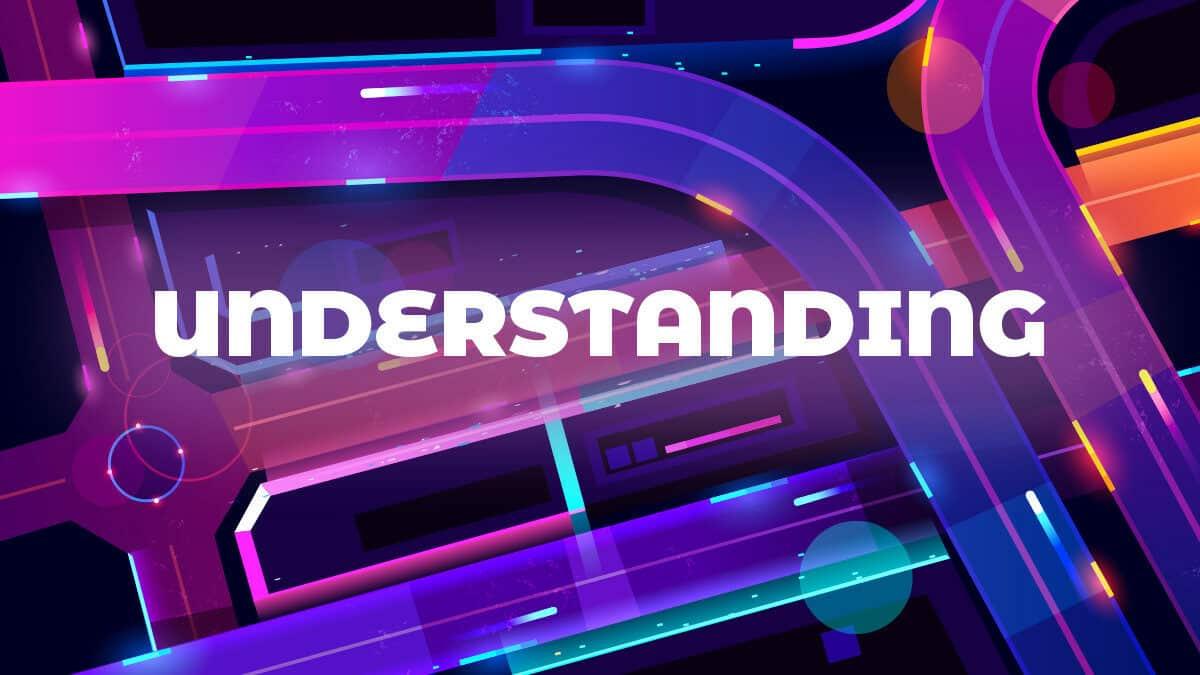Traffic signs are essential for road safety and the efficient use of the road network… but too many… and we get sign blindness. In 2013, it was estimated there were around 4.6m traffic signs just in England!
Embed from Getty ImagesResearch has shown that having too many signs can result in drivers failing to process information displayed, leading to increased risks not just for drivers but other road users as well.
Road signs have a lot of work to do. They need to command attention, convey a simple clear message, be respected by road users and give drivers enough time to respond. But as we’ve heard, too many signs can make things worse rather than better. Technology though can help convey information in better ways and keep everyone safe.
Embed from Getty Images1) Warning signs
You may have seen some of the newer technology in action on the motorways.
Multi-lane gantry signs can change quickly to alert drivers to road conditions ahead, reduce speed limits to manage congestion and suggest alternative routes.
Cameras and radar along the road continually feed information to control centres who can manage the road in real time.
Our mobile phones and in-vehicle data devices can also help, sending in real time location information
Embed from Getty Images2) Vehicle screens
Embed from Getty ImagesRather than using gantry signs, what about providing up to date information to screens within vehicles themselves?
Sounds like sci-fi but technology is already being developed where information such as speed limits and changes in road conditions, accidents or diversions is displayed to drivers on screens inside their vehicles.
If successful, this technology could lead to huge overhead gantries being taken down
3) Road furniture
Embed from Getty ImagesSigns aren’t the only way to get drivers to do the right thing, road furniture such as speed bumps, can make drivers reduce their speeds.
There’s even technology so that only drivers who are going too fast feel the bump!
These speed bumps contain a liquid that remains in liquid form when vehicles go over them slowly but become rigid when hit at speed.
Behavioural science and something called nudging can also affect driver’s behaviour, like putting images of children around schools.
You might also have seen happy and sad faces on speed limit signs. That’s an example of nudging, being rewarded with a smile helps reduce speeds
4) Road signs
Sometimes solutions don’t have to be high tech. It can be just a case of thinking about the problem in a new way.
In surveys, it’s been found that one in five road signs area mystery to the average driver.
There’s a school of thought that a simple way to make roads easier to understand is to just have fewer signs and redesign signs to make their meanings even clearer.
Embed from Getty Images5) Self driving vehicles
A challenge for future road designers are self-driving vehicles.
Whilst the technology is designed to interpret signs and road conditions, with such a variety of signs, it’s not just humans that struggle. There’s a chance that a vehicle’s computer system will make a mistake.
Technologists are experimenting with QR codes on signs which vehicles can scan and instantly receive the right information in a form that’s easy to understand.
Embed from Getty ImagesLet’s time travel to the year 2050…
Newsflash!
Ever had a problem remembering a special day? The RemindMe app reads data from your calendar and displays holographic reminders on your windscreen as you drive along. If it’s your birthday, it can help things go with a bang, with holographic balloons and confetti to accompany you on your journey!
…aaaand we’re back in 2023.
How cool would that be?! As you can see, there’s loads of new science and technology to improve how our roads and vehicles communicate the right messages to drivers and control centres, in the right way and at the right time.
Embed from Getty ImagesYou could be part of the change. We want you to use your imagination and think about how you could make the roads easier to understand and how vehicles could communicate with each other, as well as control centres.
Tell us your ideas about how YOU would build a better road in the future for your chance to win.
Have a go at our Road to 2050 Word Search!

Created with support from Rees Jeffreys Road Fund.
Add a commentRoad to 2050
Find out more about why roads are built and how they help us get around the country.
More From Road to 2050






